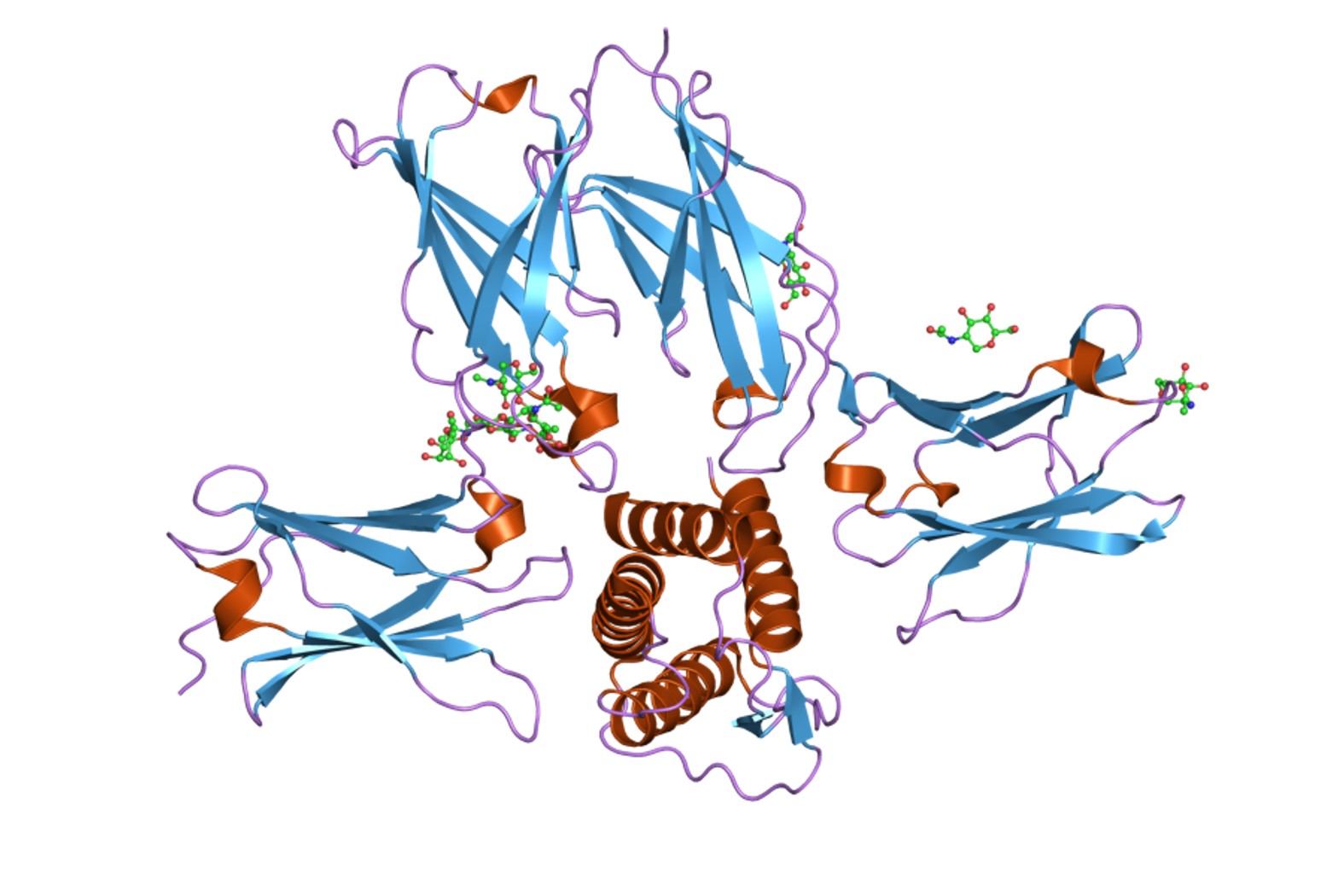Decoy devices to capture and neutralize inflammatory cytokines

Growing evidence regarding the side effects of currently available anti-inflammatory drugs (NSAIDs, antibiotics, etc.) and concerns around their appropriate role during a cytokine storm has triggered a new era of innovation in the treatment of immune-mediated diseases. Owning to the ubiquitous nature and expanding role of cytokines in various biological phenomena, anticytokine therapies have gained a leading role in this context.
Dating back to the 1990s, anticytokine therapies have revolutionised the treatment of a wide range of chronic and systemic inflammatory diseases. Therapeutic strategies utilizing either the cytokines themselves, or synthetic compounds to act as anticytokine agents to block the effects of specific cytokine pathways, have been shown to provide a rapid onset of action with high response rates and a tolerable safety profile to help neutralize exuberant inflammatory responses.
Recent advances in biotechnology and biopharmaceutical fields have led to the discovery of a wide range of synthetic anticytokine agents. For instance, recombinant anti-inflammatory cytokines act as soluble decoy receptors that directly target and bind the cytokines. Several anticytokine agents also show activity as receptor agonists/antagonists to prevent incoming cytokines trafficking into tissue. Additionally, some agents induce the downregulation of cytokine receptors and clearance of the target cells to reduce cytokine-triggered downstream cell activation.
To date, cytokine-neutralising antibodies (CNAs) represent the most dominant and rapidly growing class of anticytokine agents. Unlike non-neutralising antibodies, neutralising antibodies can directly capture and neutralise cytokines without the need for immune cells to achieve their effect..
Thirty-five years after the FDA's approval of infliximab (Remicade) as the first monoclonal antibody for the treatment of inflammatory disorders, the market for CNAs has grown significantly. CNAs now account for nearly a fifth of the agency’s new drug approvals each year, with a current total of 100 FDA approved CNAs in the market. A more complete list of CNAs approved or in regulatory review can be found here.
CNAs induce neutralisation of pro-inflammatory cytokines mainly by blocking the active sites of the cytokines to induce conformational change and prevent their attachment to their respective receptors. As the circulating cytokines are less likely to be internalised and cleared, their activity and production also decrease.
However, the clinical use of CNAs has been restricted due to their dose-limiting side effects associated with the immunosuppressive nature and nonselective biodistribution of cytokines — especially when administered systemically. As such, current research for anticytokine therapies mainly revolves around molecular and formulation engineering to help improve the efficacy and functionality for safe delivery of the associated CNAs.
Recent advances in biomaterials and nanotechnology have also generated several promising CNA-delivery platforms. Conjugation of CNAs to polymers and/or hydrogels help limit their diffusion rate by increasing their molecular weight — making this platform ideal for localized treatment of inflammatory conditions. For instance, conjugation of CNAs to hyaluronic acid and CMC showed potent activity against the pro-inflammatory cytokines IL-1β and TNF-α, respectively, when used as a topical treatment for burn injury due to prolonged retention after local application.
Also, CNA-nanoparticle bioconjugates show enhanced stability, specific targeting, and increased antibody residence time after local injection. For example, conjugation of IL-6 antibodies with nanoparticles made from cross-linked chitosan and HA showing longer-lasting inflammatory cytokines neutralisation activity in arthritic joints by reducing their degradation rate.
Despite the progress, the discovery of more effective anticytokine therapies has been challenged by the complexity of inflammation resulting from built-in network redundancy and feedback pathways. Inhibition of one/few targets or inflammation pathways is often inadequate to reduce the inflammation or may trigger another compensatory proinflammatory response.
To address these challenges, a new strategy, wrapping natural cell membranes onto synthetic nanoparticle cores, provides a unique, function-driven cytokine-neutralising platform. Since its initial development, cell membrane coating technology has made tremendous progress. Advances in this field include the development of macrophage- and neutrophil-membrane-coated-nanoparticles to treat bacterial infections and rheumatoid arthritis, respectively.
Emerging concepts by integrating glycosaminoglycans (GAGs) into various nanoparticle formulations may also serve as a robust and cost-effective alternative to CNAs for direct cytokine capture and neutralisation. GAGs are known to bind with a diverse range of cytokines and modulate their transport within the matrix—thereby influencing the bioactivity of the cytokines.
The initial success of this strategy includes the conjugation of heparin and d-erythro-sphingosine into nanoparticles to attenuate the production of pro-inflammatory cytokines in LPS-stimulated macrophages. In another study, the fabrication of GAG-based hydrogel also show anti-inflammatory activity by binding and neutralising stroke-induced TNF-α in vivo.
Without question, anticytokine therapies have found a place in the battle against various immune-related diseases, including rheumatoid arthritis, sepsis, even COVID-19. A critical aspect to the further development of this field will be the accurate understanding of the key players in different disease settings — particularly at the site of action. Only then can a realistic expectation be made of fathoming the complex relationships occurring between cytokines, drugs, and tissue responses.
IMAGE A cytokine receptor EBI



